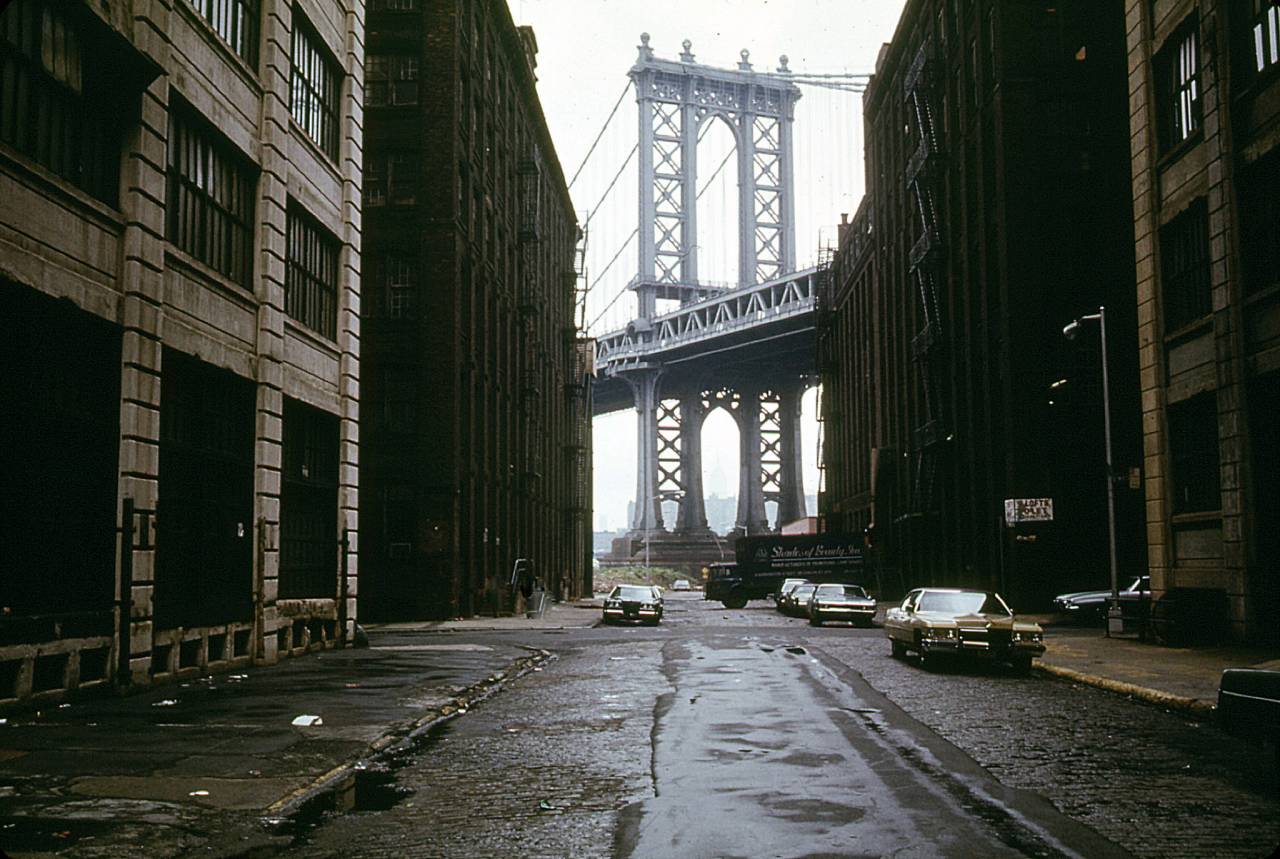
Jews displaced by street crime in New York City were many Holocaust survivors and refugees. One Canarsie grandmother made a comparison that rattled the sociologist who heard it: “I am locked up like in the ghettos of Europe. I am afraid of people knocking down my door. I still am not free.”
How could this calamity be memory holed so thoroughly that, to the extent anyone remembers it today, we talk as if the Holocaust survivors were the villains of the story? It is because the boomers themselves were too young to remember it. Most people born in the decade after 1945 would have been in their twenties when Judge Garrity’s busing decision came down, too old to be in school and too young to have children of their own.
Preserving the boomers’ liberalism on race was, in many cases, precisely why their parents had fled to the suburbs. Bernie and Roz Ebstein of Chicago had marched with Martin Luther King and were committed to staying in Merrionette Manor even as the neighborhood flipped, until their school-age sons started expressing racial resentments. “You believe this stuff about integration,” their eldest told them, “but we’re living it.” The Ebsteins quickly moved to Hyde Park, where little David and Steven would no longer have their liberal opinions beaten out of them. Having high-status views on race was part of the middle-class life they wanted to pass on to their children, no less than material comforts and a college education.
It is therefore a mark of white flight’s success that so many boomers are willing to believe Ta-Nehisi Coates’s lies about it.
Helen Andrews, Boomers: The Men and Women Who Promised Freedom and Delivered Disaster
